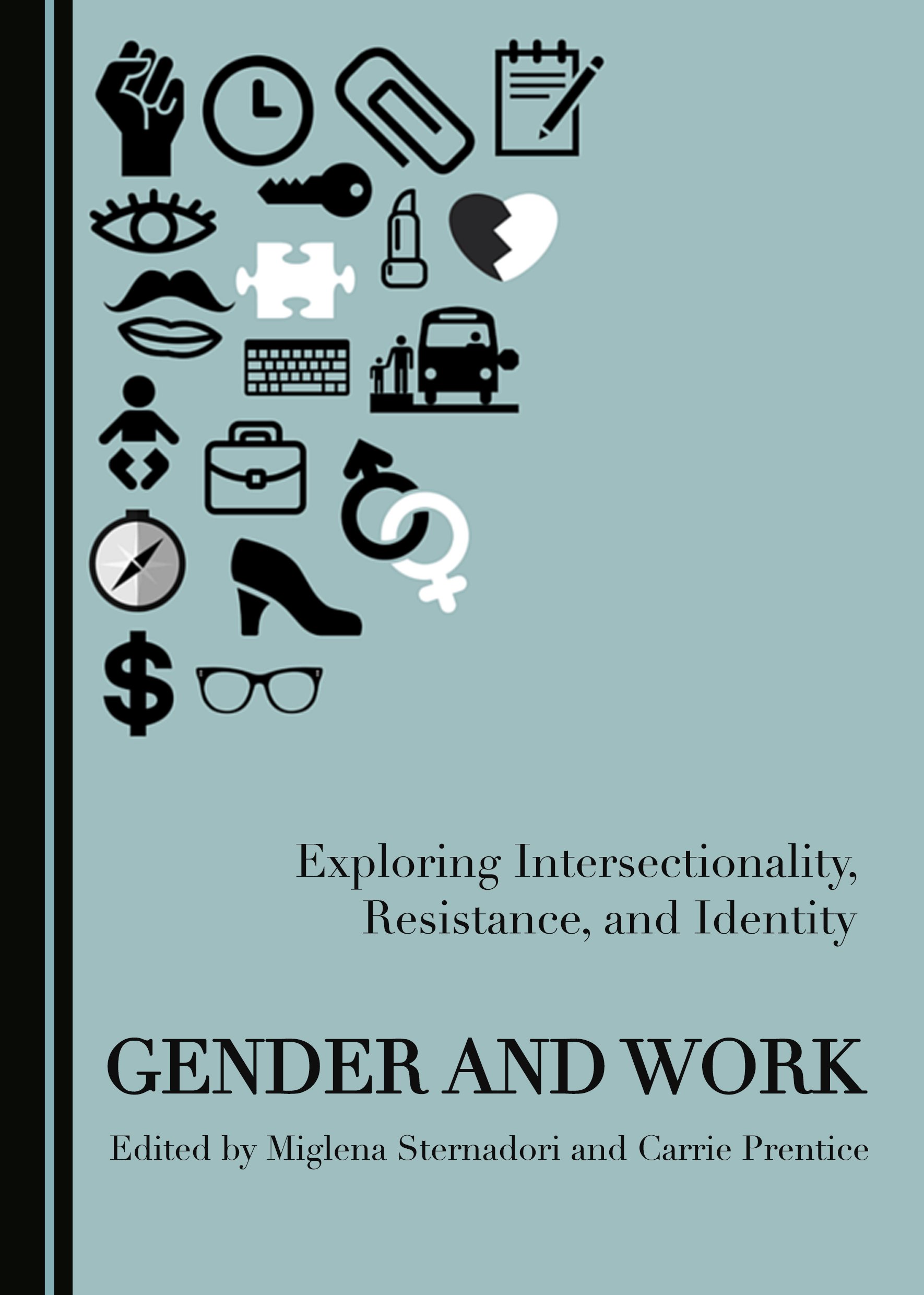
Her original focus was on employment discrimination against black women in the United States, and how legal structures which insisted on categorising a discrimination claim as either gender or racial discrimination could not adequately address their claims.

But where does this term come from? And what does it mean? The original concept was first coined by legal scholar Kimberlé Crenshaw in the 1980s as a way to describe many social justice problems such as racism and sexism which often overlapped, creating multiple levels of social injustice. Our social media feeds have been buzzing about intersectionality recently.

While the concepts have important distinctions, as you will see below, both can be useful to creating a diversity and inclusion (D&I) programme that goes beyond the more traditional efforts to date which have often been focused largely on one dimension of employees’ lived experiences such as gender or sexual orientation.

This article explores two topics that are very much in the vernacular right now: intersectionality and multiple identities.


 0 kommentar(er)
0 kommentar(er)
